Raffaele Spazzoli
Raffaele Spazzoli's contributions

Article
Protecting virtual machines from storage and secondary network node failures
Raffaele Spazzoli
Learn how to address the limitations of Kubernetes in handling storage and secondary network issues for virtual machine use cases.

Article
Declaratively assigning DNS records to virtual machines
Raffaele Spazzoli
Learn how to declaratively assign DNS records to OpenShift Virtualization VMs using policy controllers and annotations, streamlining the VM lifecycle.
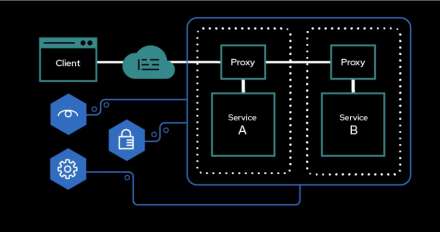
Article
Multicluster resiliency with global load balancing and mesh federation
Raffaele Spazzoli
Discover a highly resilient multicluster architecture with Red Hat OpenShift Service Mesh, Connectivity Link, and Advanced Cluster Management for Kubernetes.
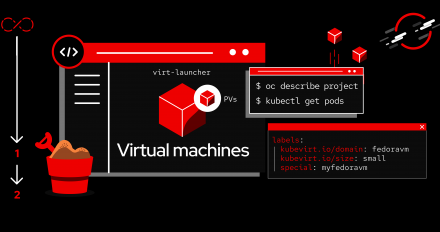
Article
Disaster recovery approaches for Red Hat OpenShift Virtualization, part 2
Bryon Baker
+1
Learn how to orchestrate disaster recovery for Red Hat OpenShift Virtualization with Kubernetes-native constructs and GitOps workflows.
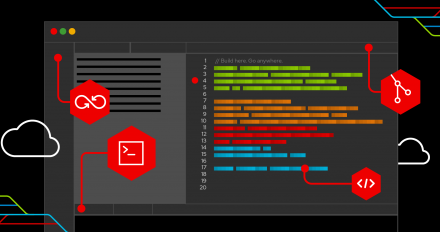
Article
Storage considerations for OpenShift Virtualization
Raffaele Spazzoli
Explore high-level architectural approaches to manage virtual machine storage in OpenShift Virtualization.
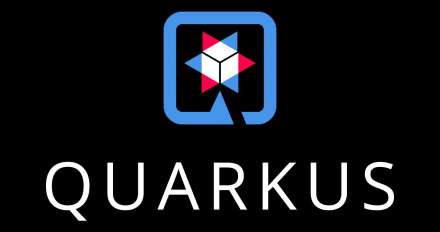
Article
Fine-grained authorization for Quarkus microservices
Raffaele Spazzoli
Quarkus has support for Relationship-Based Access Control (ReBAC) to implement permissions robustly in microservices.
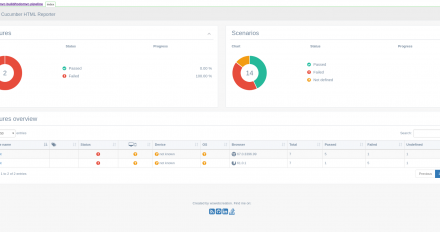
Article
Container-native integration testing
Raffaele Spazzoli
It can be complex to set up an end-to-end integration test infrastructure, but the process can be simplified by using an infrastructure-as-code approach. In addition, running integration tests for multiple OS/browser combinations can waste resources and time, but a container orchestrator and ephemeral workloads can help mitigate that. This article shows how to build behavior-driven development (BDD) container-native integration tests and run them in OpenShift to overcome these obstacles.

Article
Dynamically Creating Java Keystores in OpenShift
Raffaele Spazzoli
+1
Introduction With a simple annotation to a service, you can dynamically create certificates in OpenShift. Certificates created this way are in PEM (base64-encoded certificates) format and cannot be directly consumed by Java applications, which need certificates to be stored in Java KeyStores . In this post, we are going to show a simple approach to enable Java applications to benefit from certificates dynamically created by OpenShift. Why certificates Certificates are part of a PKI infrastructure and can be used to...

Protecting virtual machines from storage and secondary network node failures
Learn how to address the limitations of Kubernetes in handling storage and secondary network issues for virtual machine use cases.

Declaratively assigning DNS records to virtual machines
Learn how to declaratively assign DNS records to OpenShift Virtualization VMs using policy controllers and annotations, streamlining the VM lifecycle.

Multicluster resiliency with global load balancing and mesh federation
Discover a highly resilient multicluster architecture with Red Hat OpenShift Service Mesh, Connectivity Link, and Advanced Cluster Management for Kubernetes.

Disaster recovery approaches for Red Hat OpenShift Virtualization, part 2
Learn how to orchestrate disaster recovery for Red Hat OpenShift Virtualization with Kubernetes-native constructs and GitOps workflows.

Storage considerations for OpenShift Virtualization
Explore high-level architectural approaches to manage virtual machine storage in OpenShift Virtualization.

Fine-grained authorization for Quarkus microservices
Quarkus has support for Relationship-Based Access Control (ReBAC) to implement permissions robustly in microservices.

Container-native integration testing
It can be complex to set up an end-to-end integration test infrastructure, but the process can be simplified by using an infrastructure-as-code approach. In addition, running integration tests for multiple OS/browser combinations can waste resources and time, but a container orchestrator and ephemeral workloads can help mitigate that. This article shows how to build behavior-driven development (BDD) container-native integration tests and run them in OpenShift to overcome these obstacles.

Dynamically Creating Java Keystores in OpenShift
